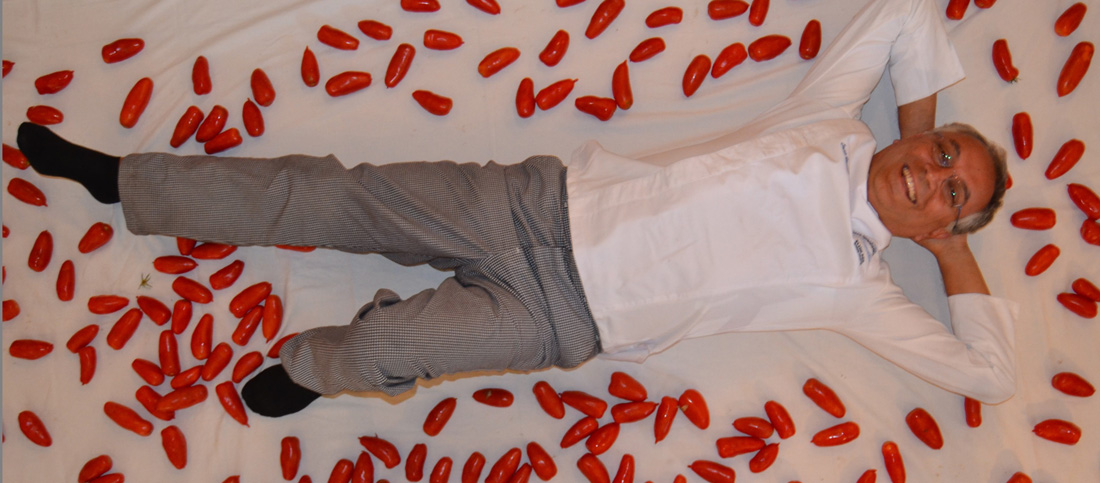by Enzo Coccia
Anyone in the world knows what a tomato is. Not everybody knows, however, that there are different tomato varieties, and, among these, the San Marzano tomatoes, oblong and pointed shaped, fleshy and easy to peel, bright red and with a bittersweet flavor, are the “bigwig” of our culinary tradition that we’d like to share with all the good food lovers, but, for their low production, are fruits for few lucky mouths.
So, sometimes some tomatoes are precisely masked and voilà the trick is done. But not for all the people.
If you are one of the smartest consumers, just as the illustrator Nicholas Blechman was a few months ago, which , after the “Extra Virgin Suicide”, wrote for the New York Times the “The Mystery of San Marzano”, set your sights on the labels.
As the real tomato harvest in the valley of Sarno, the only one able to retain its undeniable freshness even after being canned and put on supermarket shelves, the only one with the PDO mark, shows on its sides, in addition to the logo in the colours of the Italian flag, the same colours of the Margherita, the popular pizza on which it is a delicious topping, the label number, the European acronym and the Consortium seal.
While the Consortium, protecting the product, protects itself , the consumers and the Internet users with a red strip on which we can clearly read “official website”, the genuineness of San Marzano tomato is one of those hot topics that inflame the debates.
With iron and fire – so to speak, of course – San Marzano producers are fighting to stop the trade of the pulpy berries that with the ones produced in the provinces of Avellino, Naples and Salerno share only the name.
And the history tells us that, while today the tourists fill up the luggage with magnets, key chains and pens, in 1770, an unusual souvenir was given, as a gift, by the Kingdom of Peru. Brought to the Kingdom of Naples, the first San Marzano seed found in Agro Sarnese-Nocerino land, maybe for the composition of the volcanic soil or for the characteristics of irrigation water, the perfect environment to grow and become the valuable resource that many countries envy.
And yet as life often shows us, the San Marzano tomato too had ups and downs. The deep crisis of the ‘80s to the restart of the cultivation, more or less a decade later, thanks to the researcher Patrizia Spigno, the ex-president of the Consortium, Edoardo Ruggiero and the producer Sabatino Abagnale, one of the Slow Food Presidium promoter, and now it is under attack again.
How to respond to such situation with the threat, recently disclosed, of tomatoes imported from China? No worries, let’s keep focused on the tomato quality and the protection of the PDO label, waiting to see, this year too, cans of tomatoes numbered and certified by Agroqualità.




















